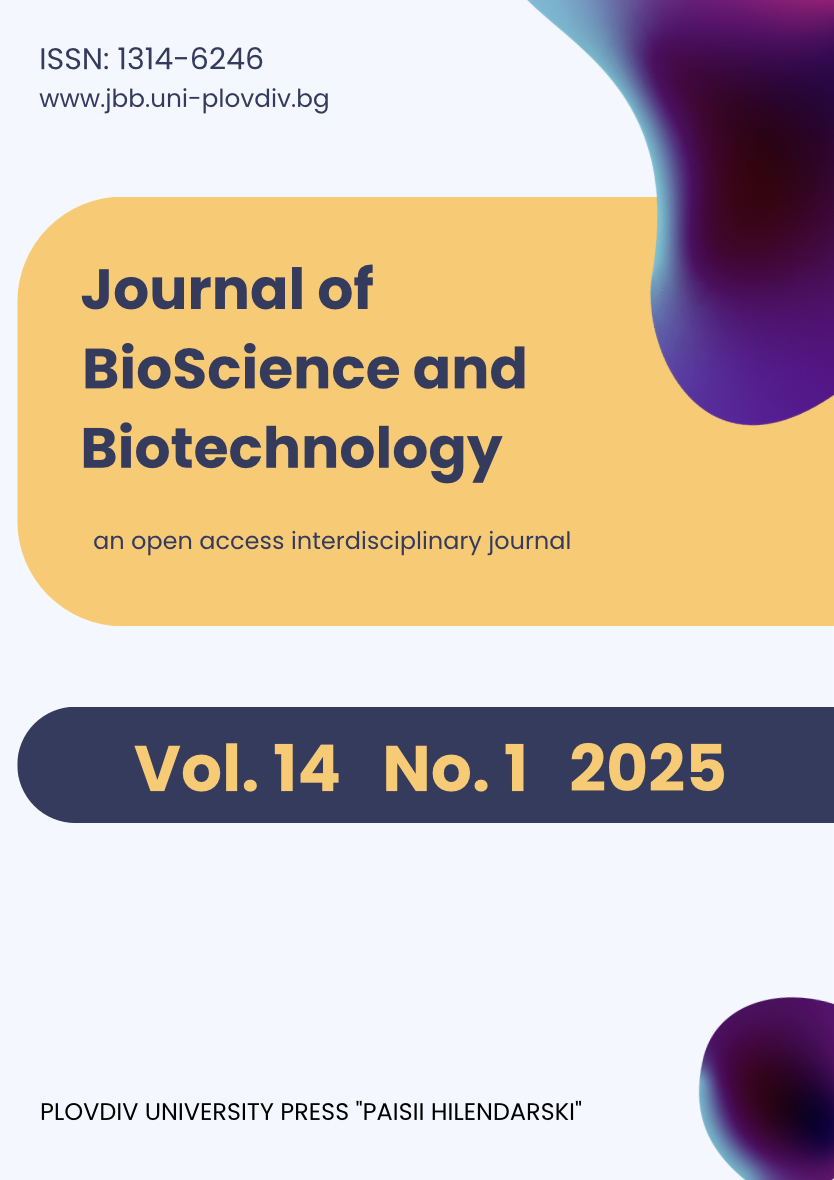Assessment of mycological profile and heavy metal concentrations of Romi River, Kaduna - Nigeria
Keywords:
Assessment, mycological profile, heavy metals, Romi River, NigeriaAbstract
Waste water discharged from petrochemical plants and petroleum refinery contains many pollutants including heavy metals. The objective of this study was to assess macro-morphological and microscopic characteristic of fungal isolates and levels of heavy metals from a petrochemical and petroleum refinery industry effluent and water from River Romi in Kaduna State Nigeria using standard methods. Isolation and identification of fungi was carried using standard method, the atomic absorption and spectroscopy method was used for the analysis of heavy metals. The results obtained from this study revealed that the fungal population isolated was predominantly native of the genera Aspergillus (30.69%). The mean and ± std. of the total heterotrophic fungal count of the river were found to be Upstream Mean (4.9x10-4 ±3.8x10-4 CFU/mL) Downstream Mean: (4.9x10-4±4.3x10-4 CFU/mL). The percentage occurrence of the fungal species in respect to their sampling sites shows that the upstream part of the river had lower count than the downstream part of the river. Majority of the heavy metals assessed also shows that their concentrations were above the recommended value set by World Health Organization as standard for their presence in environmental samples. There was a significant different (p < 0.05) between the 1st and 6th month, and also between the 3rd and 6th month respectively. From the values of the analysis of heavy metals, it can be deduced that Romi River is highly contaminated with the aforementioned metals, and as such, immediate respond on the high occurrence of these metals should be addressed.
Downloads
Published
How to Cite
Issue
Section
License
Copyright (c) 2025 Nomsu Musa, Fatima Musa M., Aishatu Aliyu

This work is licensed under a Creative Commons Attribution-NonCommercial-NoDerivatives 4.0 International License.
Authors of articles published in Journal of BioScience and Biotechnology retain the copyright of their articles. The journal/publisher is not responsible for subsequent uses of the work. It is the author's responsibility to bring an infringement action if so desired by the author.
- copyright, and other proprietary rights relating to the article, such as patent rights;
- the right to use the substance of the article in future own works, including lectures and books;
- the right to reproduce the article for own purposes, provided the copies are not offered for sale;
- the right to self-archive the article.


